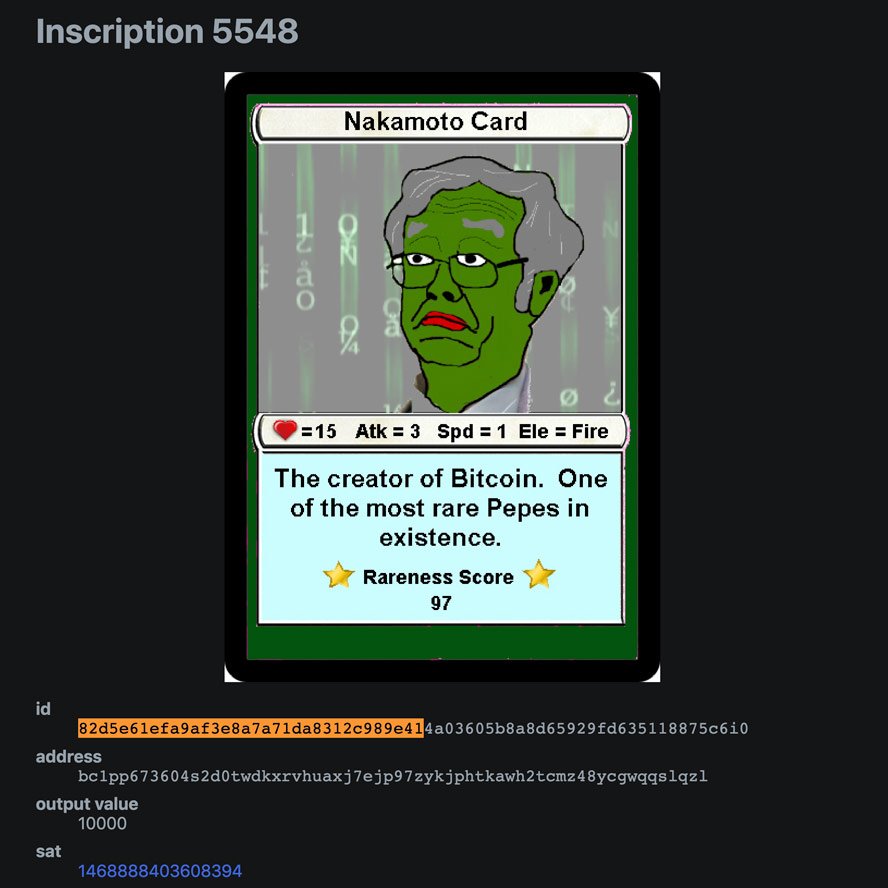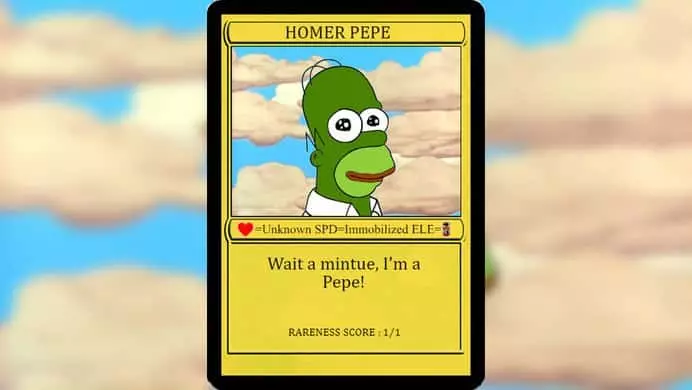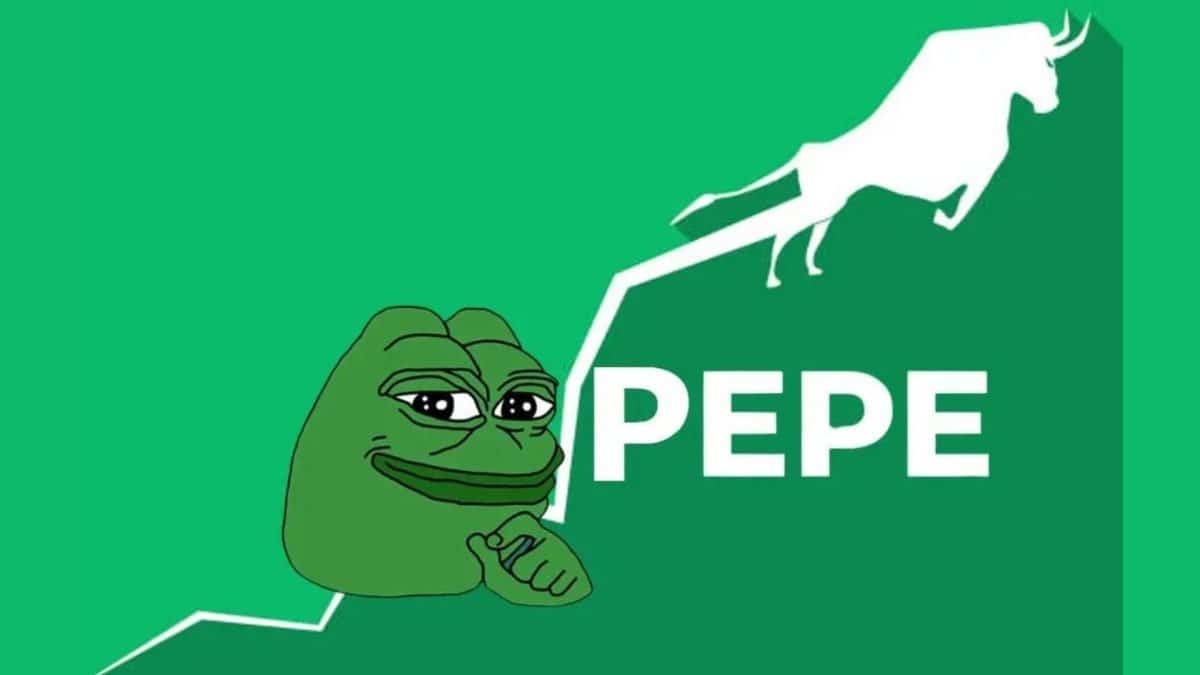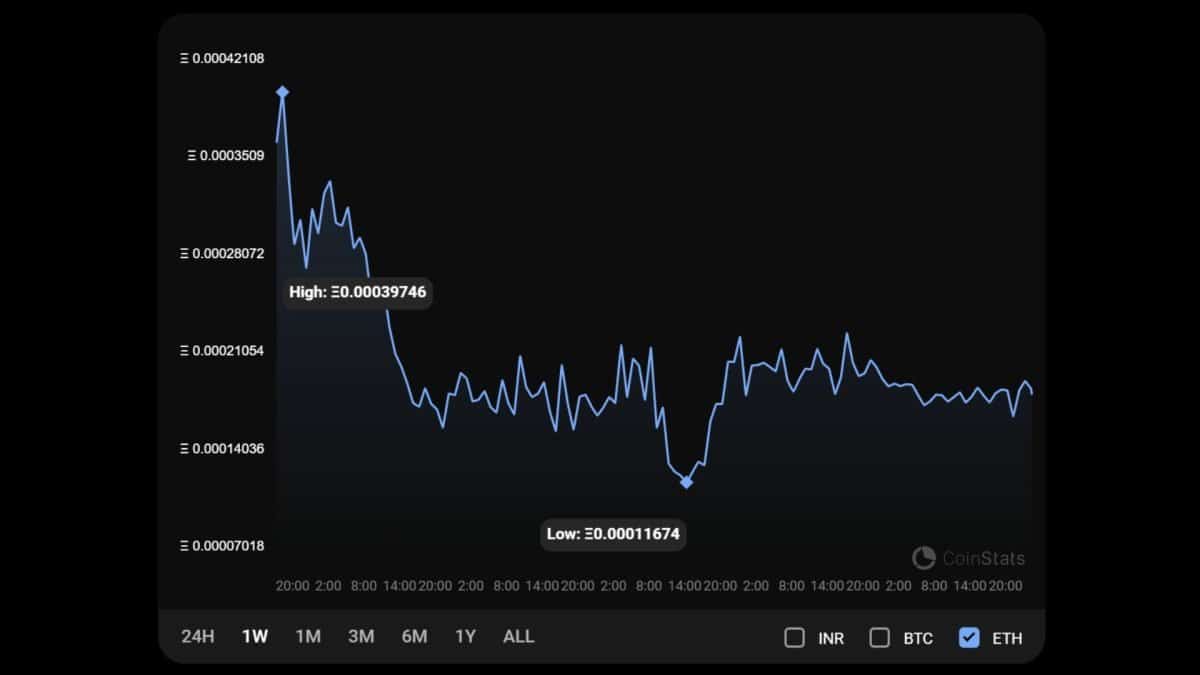All investment/financial opinions expressed by NFTevening.com are not recommendations.
This article is educational material.
As always, do your own research before making any kind of investment.
all about cryptop referances
From his humble beginnings in a cartoon by artist Matt Furie, Pepe the Frog has embarked on a tumultuous journey, transforming from a harmless character into a symbol embraced by the alt-right, a popular internet meme, an NFT sensation, and even a viral coin. This captivating development highlights the complex and multifaceted nature of Pepe’s cultural impact.
Pepe the Frog appeared as a cartoon character brought to life by artist Matt Furie in his “Boy’s Club” cartoon. The print was first published in 2005. Pepe was first portrayed as a gentle and kind-hearted frog. Pepe quickly gained traction as an internet meme and found widespread circulation on various social media platforms. However, during the 2016 US presidential election, Pepe the Frog underwent a transformation as various online communities co-opted the character. They used it in memes that propagated hate speech, racist ideologies and other forms of discriminatory content.
Furie, filled with grief, took charge of the #SavePepe campaign on social media. This led to a successful rescue of Pepe from the clutches of the extremists. After this victory, Pepe has found solace in the cryptocurrency realm. This is where he has become an integral figure in the online culture of society.
In particular, Pepe now has an exclusive collection of NFTs. The tokens feature images of him resembling iconic figures such as Homer Simpson or Satoshi Nakamoto, the enigmatic Bitcoin creator, who fetch prices in excess of $100,000.

Pepe the Frog was created by American artist Matt Furie in 2005. The meme originated from Furie’s comic book called Boy’s Club #1. This preceded a zine called ‘Playtime’ which featured Pepe as a character. Furie originally shared his comic on Myspace through blog posts in 2005.

Within the cartoon, Pepe urinates with his pants down and his catchphrase, “feel good man” is his reasoning. However, Furie removed these posts when the print edition of the comic was published in 2006.
Pepe the Frog originated from blog posts on Myspace and became a popular joke in the Gaia Online community. In 2008, the image and tagline were uploaded to 4chan’s /b/ board. This became the meme’s “permanent home”. The 4chan community embraced Pepe. They adopted his look and catchphrase to convey different emotions such as sadness, anger and surprise. The meme expanded to include different variations such as “sad frog” and “sassy Pepe” and it even made it onto Chinese social media platforms.

As Pepe’s popularity grew, 4chan users coined the term “rare Pepes” to describe particularly unique versions of the meme. These rare Pepes, sometimes in the form of physical paintings, were sold online and gained a cult following. But as Pepe gained mainstream attention, attempts were made by users from 4chan, Reddit and other platforms to keep the meme exclusive by creating shocking and offensive versions.
Despite these attempts, Pepe became a significant meme in 2015. It began to rank high on lists of influential memes and found widespread circulation on platforms such as Twitter and Tumblr. Here it became known among the most retweeted and reblogged content.
Unfortunately, Pepe was also chosen by Internet trolls as a symbol associated with the alt-right movement, with themes of hatred and extremism. During the 2016 US presidential election, Pepe was linked to Donald Trump’s campaign. This fueled further association with white nationalism. This led to Pepe being included in the Anti-Defamation League’s hate symbol database.
However, Furie was determined to reclaim the character from its negative connotations. He led the #SavePepe campaign, bringing together positive and peaceful versions of Pepe to promote a new narrative. Furie partnered with the Anti-Defamation League to launch the campaign, aiming to associate Pepe with positivity and counter the hate-driven image. Despite the character’s “death” in 2017 as a response to the abuse, Furie later expressed plans to revive Pepe in a new comic, using humor as a means of coping with the situation.

Furie’s efforts have brought some success in combating Pepe’s association with hate. He has secured legal victories. This includes removing Pepe images from websites that promote extremist ideologies. While the character’s reputation was tarnished, Furie remained determined to defend his copyrights. He made sure that Pepe is not exploited for hateful purposes. The journey to redefine Pepe as a symbol of love and positivity continued. And Furie reshaped his narrative, distancing it from its unfortunate alt-right association.
Pepe the Frog and its derivative, Rare Pepes, entered the world of non-fungible tokens (NFTs) on the counterparty market. As early as 2016, Rare Pepes were tokenized on the Bitcoin blockchain, before the popularity of Ethereum-based NFT collections like CryptoPunks. The growing demand for digital collectibles led to the emergence of platforms where creators could publish their art as tokenized assets, enabling the trading and storage of these digital images.

A notable development in the Pepe NFT ecosystem was the creation of the Rare Pepe Wallet, a secure digital storage for trading and collecting Rare Pepes on the counterparty network. The wallet also introduced PepeCash as a medium of exchange in the Pepesphere community. You can buy PepeCash, which has a supply of around 700 million, on decentralized exchanges or platforms like Zaif and TuxExchange.

For newcomers to the Rare Pepe scene, resources like the Rare Pepe Directory exist to help you navigate the world of collectibles. Despite the complexity, collectors and traders have shown enthusiasm, with some rare Pepes fetching high prices. In 2018, a one-of-a-kind Homer Pepe sold for $39,000. Its value rose when it was resold for $312,000 in 2021. Pepe’s journey also made it to the 2020 Sundance Film Festival with the documentary “Feels Good Man,” which chronicled Matt Furie’s efforts to reclaim Pepe’s image from the alt-right.
In 2021, NFT marketplace chainsaw.fun introduced an NFT card called FEELSGOODMAN Rare Pepe to commemorate Pepe’s crypto heritage. The marketplace collaborated on the release of the card on both the Bitcoin and Ethereum blockchains. It symbolizes the unity between Bitcoin and Ethereum communities and recognizes Pepe’s importance in the NFT space.
The introduction of NFTs allowed Pepe to thrive as a digital collectible, and the community continues to evolve with new creations and collaborations, further cementing Pepe’s position as an icon in the crypto world. Enter Pepe Coin.
Pepe Coin achieved a market capitalization of over $1 billion in just three weeks after its launch. Compare this to the four years it took DOGE memecoin to reach the same milestone, and we see the insane potential of memes. Despite the volatile price, the number of individual $PEPE holders continues to grow steadily.
Interestingly, the official website of Pepe Coin says that it is for entertainment only. The coin itself has no intrinsic value or economic return. Nevertheless, more than one hundred thousand investors have bought $PEPE. Major exchanges such as Bybit, Gemini and Binance recognize and list the memecoin on their platforms.

The maximum supply of $SPEPE tokens is 420,690,000,000. With 93.1% of them residing in the liquidity pool and the remaining 6.9% allocated to a multi-signature wallet for future purposes. Pepe Coin has a deflation mechanism. This mechanism burns a small percentage of tokens during each transaction. Ultimately, it aims for scarcity and potentially increasing the value of the remaining tokens over time.
Furthermore, it implements a redistribution system. Current token holders receive a portion of each transaction. This also stimulates user engagement and promotes long-term investments. To obtain Pepe Coin, investors must create a MetaMask, Coinbase or Uniswap wallet that can send and receive Ethereum and ERC-20 tokens. After setting up the wallet, users can exchange ETH for $PEPE.

The unofficial roadmap of Pepe Coin consists of three phases. These are:

In conclusion, the frog’s journey from a simple cartoon character to a symbol embraced by different societies reflects the complexity and depth of its cultural impact. Pepe has found a new home in the world of NFTs and crypto. With its exclusive collection of NFTs and the rise of Pepe Coin, excitement for Pepe’s future in NFTs and crypto continues to grow.
Pepe’s cultural significance and his evolving presence in the digital realm demonstrate the power of creativity and resilience in shaping our online culture.
All investment/financial opinions expressed by NFTevening.com are not recommendations.
This article is educational material.
As always, do your own research before making any kind of investment.